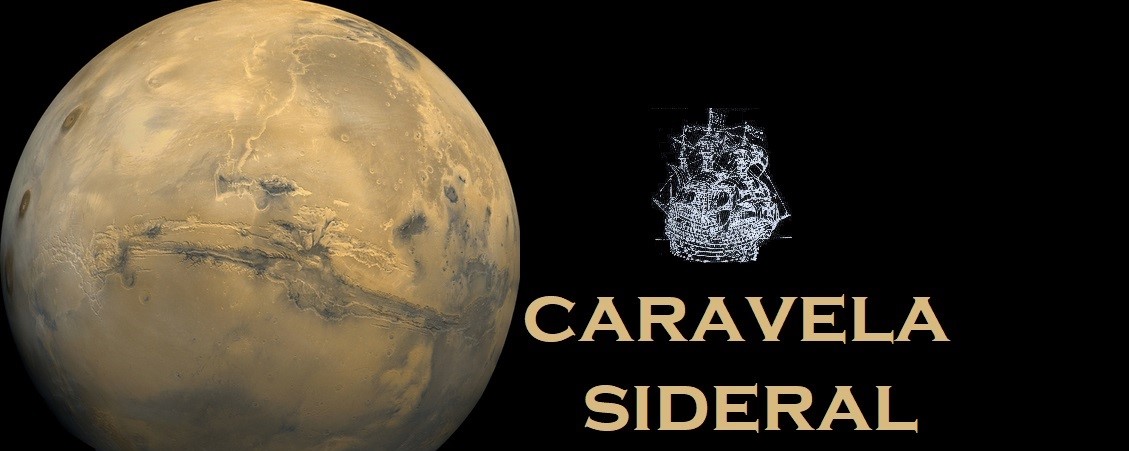With land resources running out and their exploration becoming increasingly difficult and expensive, nations and companies are turning their attention to earth nearby asteroids that could be a major source of water and minerals and also an advantage for the future of space exploration. If these mining resources can be exploited and transformed in space, this will make it easier to build factories, habitats, spacecraft and their fuels, avoiding the complex and costly transportation of heavy loads from Earth to the outside.
There are two companies that have stood out with their asteroid exploration projects, DSI (Deep Space Industries) with facilities in the United States and offices in this country and in Luxembourg (with which it has a partnership) and Planetary Resources which has also facilities in Redmond in the United States and offices in Luxembourg.
Com os recursos terrestres a esgotarem-se e a sua exploração a tornar-se cada vez mais difícil e cara, as nações e as empresas estão voltar a sua atenção para os asteróides próximos da Terra, que poderão ser uma fonte importante de água e minérios e também uma vantagem para o futuro da exploração espacial. Se esses recursos mineiros poderem ser explorados e transformados no espaço isso tornará mais fácil a construção de fábricas, habitats, naves espaciais e respectivos combustíveis, evitando o complicado e caro transporte de cargas pesadas da Terra para o exterior.
Há duas empresas que se têm destacado com os seus projectos de exploração dos asteróides, a DSI (Deep Space Industries) com instalações nos Estados Unidos e escritórios neste país e no Luxemburgo (com o qual tem uma parceria) e a Planetary Resources que tem também instalações em Redmond nos Estados Unidos e escritórios no Luxemburgo.

Deep Space Industries already produces mixtures (simulants) of various minerals that simulate the composition of various types of asteroids and supplies NASA's laboratories.
The small future spaceships will rely on a exclusive water-based micro-propulsion mode called the Comet-1 Electrothermal Thruster .
The first probe, which according with the company's website was due to be launched in 2017, dubbed Prospector-X, is a nano spacecraft for testing in a low-Earth orbit.
Then will follow Prospector-1, a small test spaceship that will meet a nearby asteroid, which will analyze and where it will land to analyze the resources present.
Finally, a sequence of larger and more sophisticated spaceships, which you can see below.
A Deep Space Industries já produz misturas de vários minerais que simulam a constituição dos diversos tipos de asteróides e abastece os laboratórios da Nasa.
As pequenas futuras naves assentam num modo de micro propulsão à base de água a que chamam Propulsor Electrotérmico Comet-1.
A primeira sonda, que segundo o site da empresa deveria ter sido lançada em 2017, apelidada de Prospector-X, é uma nano nave espacial para testes numa órbita terrestre baixa.
Depois segue-se a Prospector-1, uma pequena nave de teste que irá ao encontro de um asteróide próximo, que analisará e onde aterrará para analisar os recursos presentes.
Finalmente, uma sequência de naves cada vez maiores e mais sofisticadas, de que poderá ter uma perspectiva em baixo.
 |
| Prospector-X |
 |
| Prospector-1 |
 |
| Dragonfly |
 |
| Firefly |
 |
| Fuel Processor / Processador de Combustível |
 |
Harvestor / Nave de colheita
Imagens Deep Space Industries |
_________________________________________________________________________________
Planetary Resources, based in Redmond and also in Luxembourg, is apparently more advanced than DSI because it already has small space probes in orbit.
According to the main page of its website, the objective is to "Providing Resources to Fuel Industry and Sustain Life in Space" and in fact the company has a different approach, that is, its initial objective is the exploitation of asteroids for extraction of water for fuel production for future spacecraft.
This company has already successfully put in orbit two experimental satellites.
The Arkyd-3 was the first, launched from the International Space Station in 2015.
The Arkyd-6 was launched by an Indian rocket on January 12, 2018 and apparently is working perfectly.
The future is just an exciting project, which may or may not bear fruit.
A Planetary Resources, sediada em Redmond e também no Luxemburgo, está aparentemente mais avançada, porque já tem pequenas sondas espaciais em órbita.
Segundo a página principal do seu site, o seu objectivo é "Fornecer recursos para alimentar a indústria e sustentar a vida no espaço" e de facto a empresa tem uma aproximação diferente, isto é o seu objectivo inicial é a exploração de asteróides para extracção de água para fabrico de combustíveis para as futuras naves espaciais.
Esta empresa já colocou em órbita com sucesso dois satélites experimentais.
O Arkyd-3 foi o primeiro, lançado a partir da Estação Espacial Internacional em 2015.
O Arkyd-6 foi lançado por um foguetão indiano em 12 de Janeiro de 2018 e aparentemente está a funcionar perfeitamente.
O futuro é apenas um projecto excitante, que poderá, ou não, dar frutos.
 |
Launch of Arkyd-3 from the ISS
Lançamento do Arkyd-3 a partir da EEI |
 |
| Arkyd-6 |
 |
| Future/Futuro Arkyd-301 |
 |
| Imagens Planetary Resources, |


















































